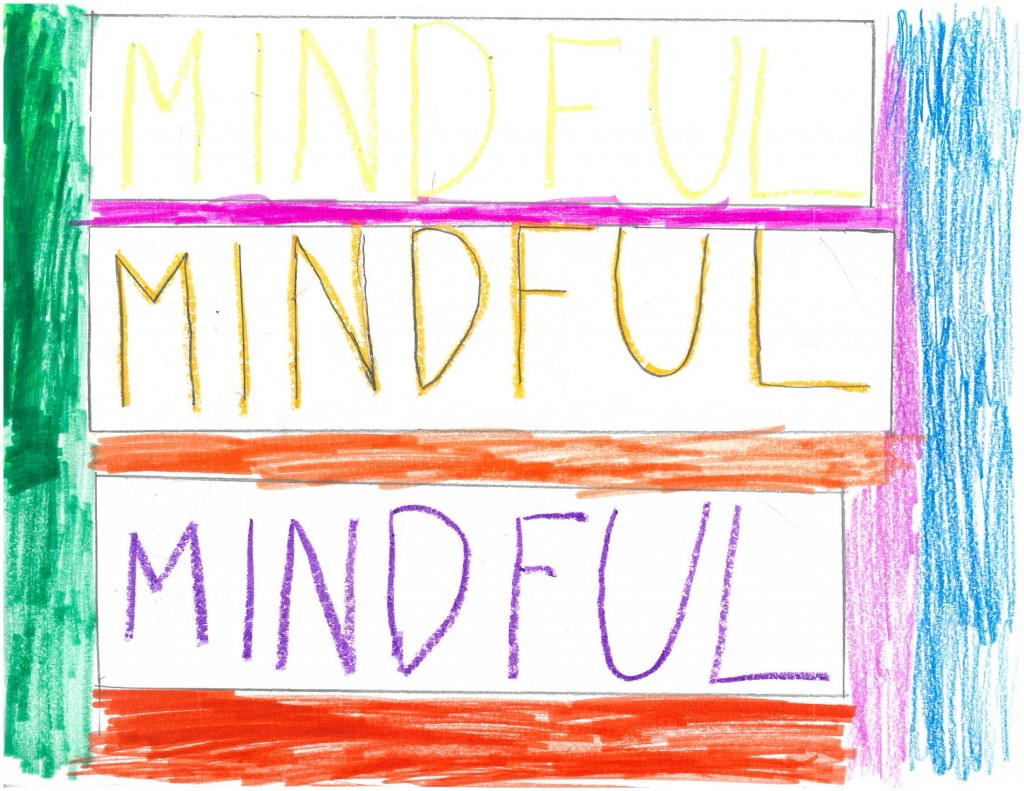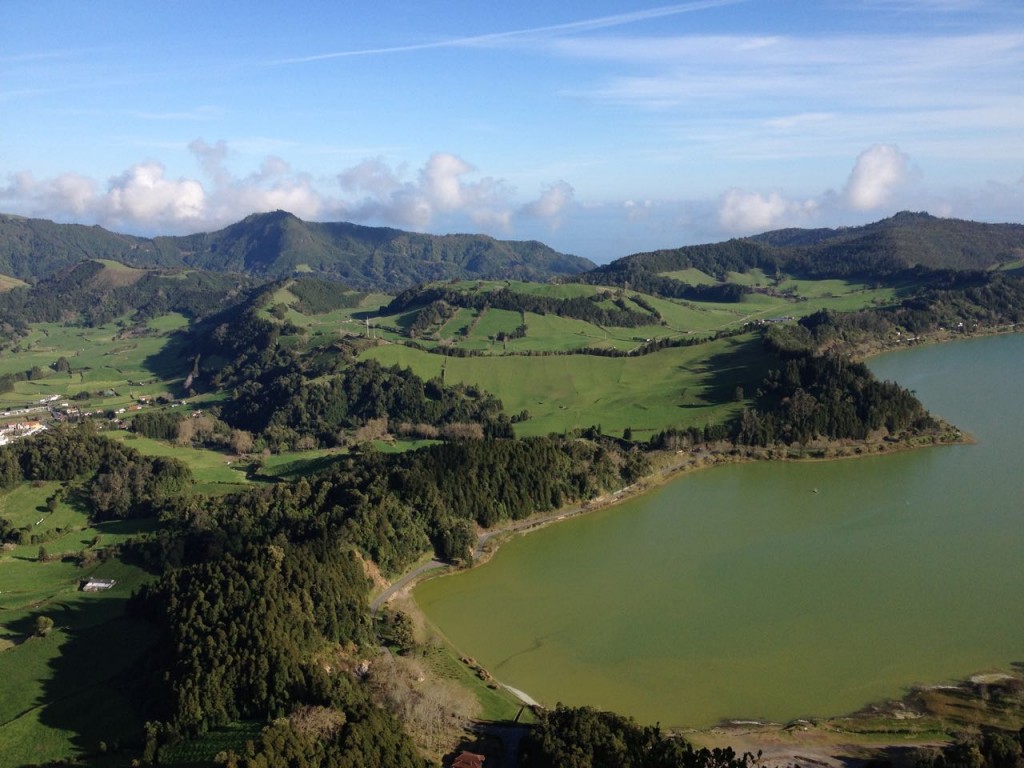 The Eisenhower Urgent/Important tool struck a chord with me. Since I first saw the matrix, I find I’m regularly using the concept to organize my thoughts, actions, and plans at work. It has been immensely helpful. I love to use Google Keep as my parking lot of “To-Do Tasks” where I can pin the most urgent tasks, and keep less urgent but important items. I also feel a great sense of relief when I hit that little ‘garbage can’ button and delete the tasks that fall to the “Don’t Do” quadrant.
The Eisenhower Urgent/Important tool struck a chord with me. Since I first saw the matrix, I find I’m regularly using the concept to organize my thoughts, actions, and plans at work. It has been immensely helpful. I love to use Google Keep as my parking lot of “To-Do Tasks” where I can pin the most urgent tasks, and keep less urgent but important items. I also feel a great sense of relief when I hit that little ‘garbage can’ button and delete the tasks that fall to the “Don’t Do” quadrant.
Of all the tasks that we sort into our own matrixes, here are two reasons we should never allow gratitude to fall into the less-important, lower quadrants.
I hope we all know what it feels like to be truly thanked for our actions. I’m not talking about receiving an all-staff email to thank you for a great term, or the quick thank-yous we receive for holding a door open or passing the ketchup. I’m talking about the ones you remember for months or years. I’m talking about the connection you feel when someone looks you in the eye and tells you how much your words or actions meant to them. When we receive specific, positive feedback from people within our organizations, it counts. It makes us want to do more, be better, and care more deeply about our communities. As teachers and leaders and colleagues, putting real gratitude into our urgent-important quadrants will have incredibly positive ripple effects that we can’t begin to imagine.

The second reason to keep gratitude in the top tier of our matrix is for our own well-being. In a Harvard Health Publishing article, the author says that “in positive psychology research, gratitude is strongly and consistently associated with greater happiness…and helps people feel more positive emotions, relish good experiences, improve their health, deal with adversity, and build strong relationships.” Saying thanks isn’t only beneficial for the recipient. It also greatly contributes to our own well-being and that of our organizations.
On Monday, my new pinned Google Keep post-it will be labelled “Gratitude.” I can’t wait to see where it takes me. 🙂




